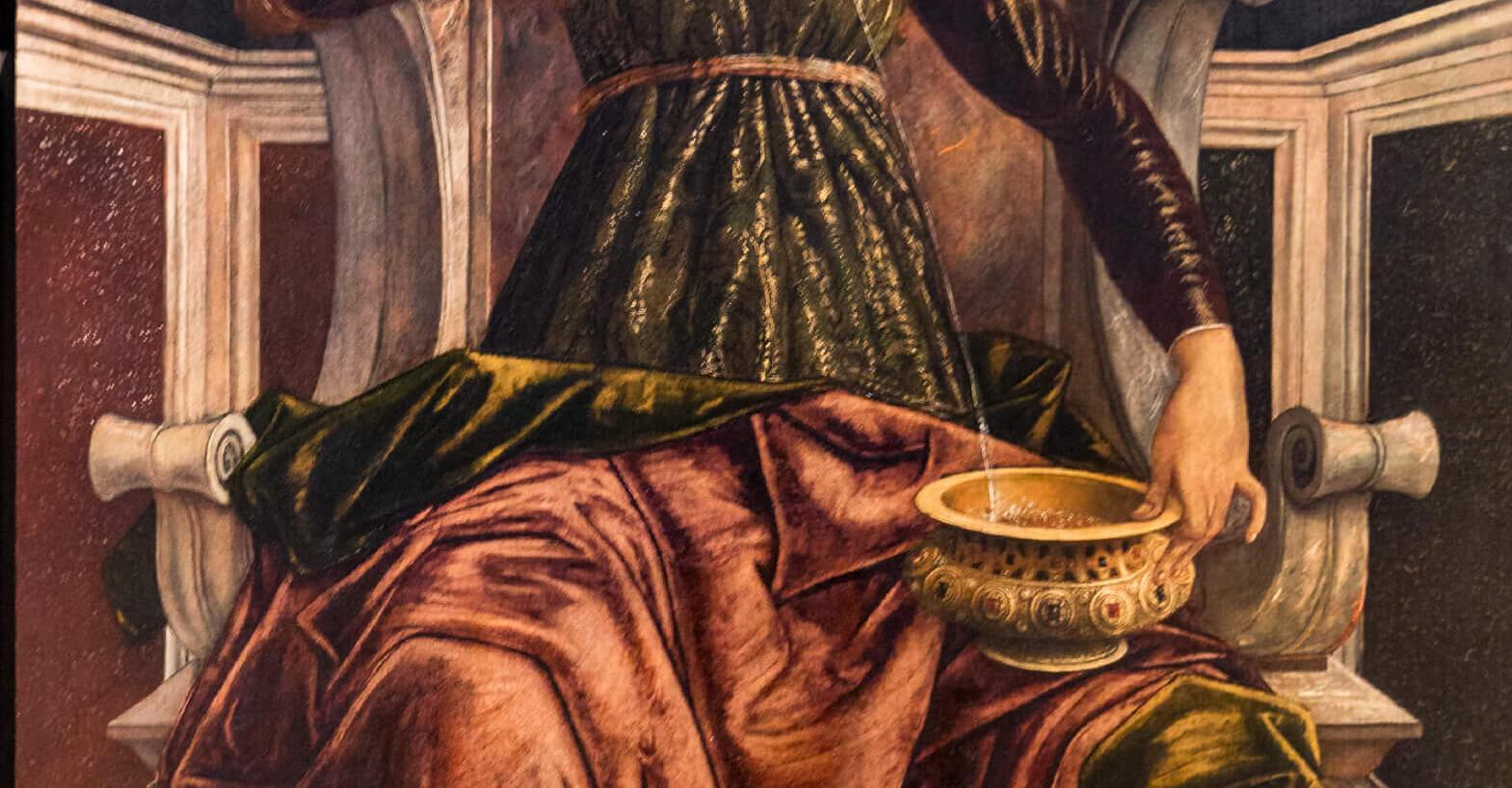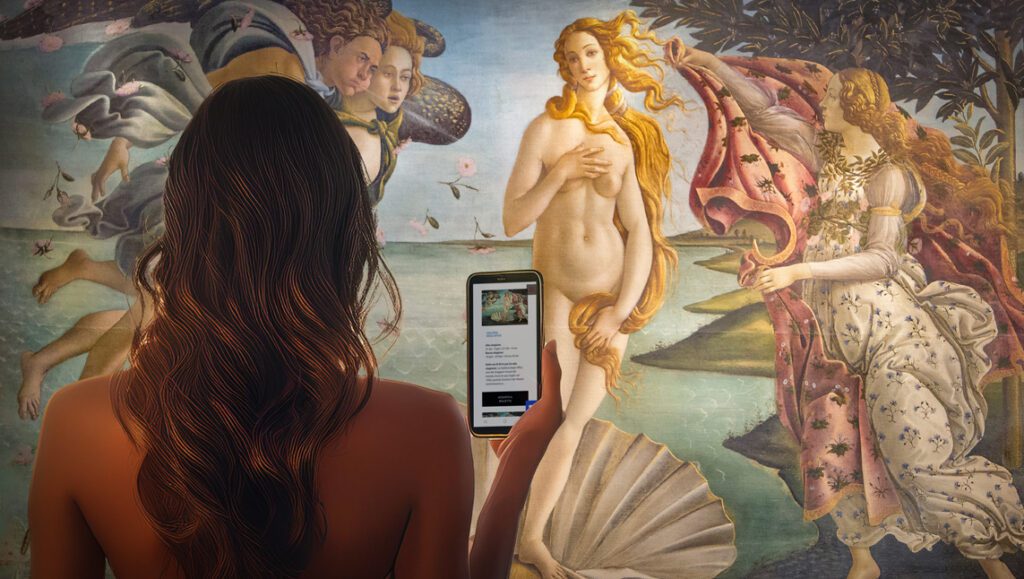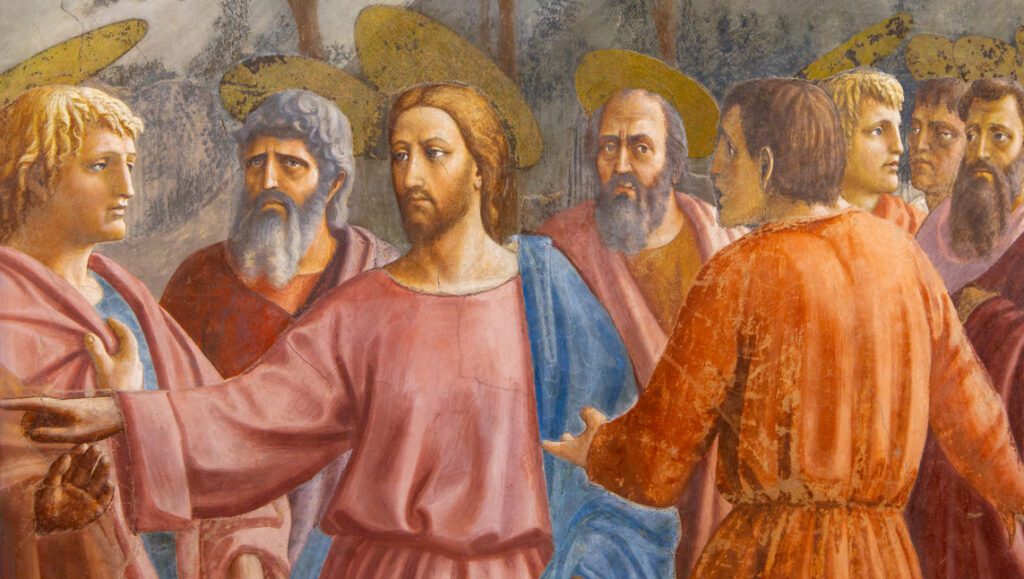
Eastern influences in Florence between the Middle Ages and the Renaissance
Eastern influences in art are some of the traits that can be found within some works in the Uffizi Gallery. This is particularly inferable from the theme of the Virtues that in the last centuries of the Middle Ages was iconographically pretty widespread. An important example of the subject is just visible in the gallery. The figure of the Temperance, here in the picture, is part of the panels’ series painted by Piero del Pollaiolo and the young Botticelli for the Mercatanzia Court in about 1470, an institution of particular importance in the Florentine commercial sphere at that time.
Now kept at the Uffizi, the table set becomes a further reason for visiting the museum, especially after the researches that have been carried out on Islamic influences in Florence during the Renaissance and whose results were visible in the interesting show entitled Islam e Firenze, Art and collecting from the Medici to the twentieth century , curated by Giovanni Curatola and on display in 2018.
Set up in the same Uffizi Gallery (Aula Magiabechiana) and at the Bargello, the exhibition and the rich catalogue highlight the many examples which can be pinpointed — in the Florentine art and not only — of artifacts proceeding from areas of Islamic culture. One of the emblematic cases is right Pollaiolo’s Temperance: the carpet visible under the throne step, where the figure is seated, has a geometric motif of a clear eastern reference which, according to technical jargon, is called small pattern. In addition to that, the washbasin held upright on the left leg of the figure, is another object that demonstrates the influence exerted by the Islamic culture manufactures on the western ones of which the container, for the reasons that can be deepened during a guided visit, is the reworking of a local workshop.

Temperance, Pollaiolo, Uffizi
The artefacts that were prized in Occident
Metal and pottery objects produced in Islamic culture areas were particularly valued by wealthy merchants in the West, in Florence as well, where for instance in the 14th century refined work’s currency began and intensified in the 15th century. But the relations between the two worlds were not one-sided, since even precious artefacts made in western workshops were requested by the Sultans, who were also interested, like western merchants, in the possession of rare objects which were appreciated as expression of wealth and power. Thanks to the intense work carried out in the last two years by a scientific committee formed in anticipation of this exhibition, it is now possible to have an enriched vision of the eastern influences within the works that are already part of the Uffizi Gallery and Bargello’s collections, going to trace in many cases all the surprising — and spectacular — oriental suggestions⟣



